#eudicots
Text
Class Round 2: Eudicots vs Magnoliids

Parsley, Sage, Rosemary and Thyme vs Bay Leaves and Black Pepper
Eudicots (“true dicots”): This is a ginormous class, containing almost all leafy trees, quite a lot of plants that humans get food from (including potatoes and all of the legumes), and the plants we get tea, coffee, and chocolate from. It also contains carnivorous plants, parasitic plants, and some very poisonous plants, as well as tobacco and cannabis.
Magnoliids: The third largest group of flowering plants, with over 10,000 species. Magnolias, tulip trees, bay laurels (as in crowned with laurels, as in the spaghetti sauce leaf), black pepper, cinnamon, nutmeg, avocados. Many species produce fragrant oils, including ylang ylang. MDMA (ecstacy) is derived from a chemical found in some Magnoliids trees.
#eudicots#magnoliids#plant taxonomy showdown#battle of the plants#class round 2#class#plant bracket#tumblr bracket#bracket tournament#poll bracket#Good thing this is all written down#and I don't have to pronounce 'magnoliids'
180 notes
·
View notes
Text

Ozark Witch-Hazel
Hamamelis vernalis

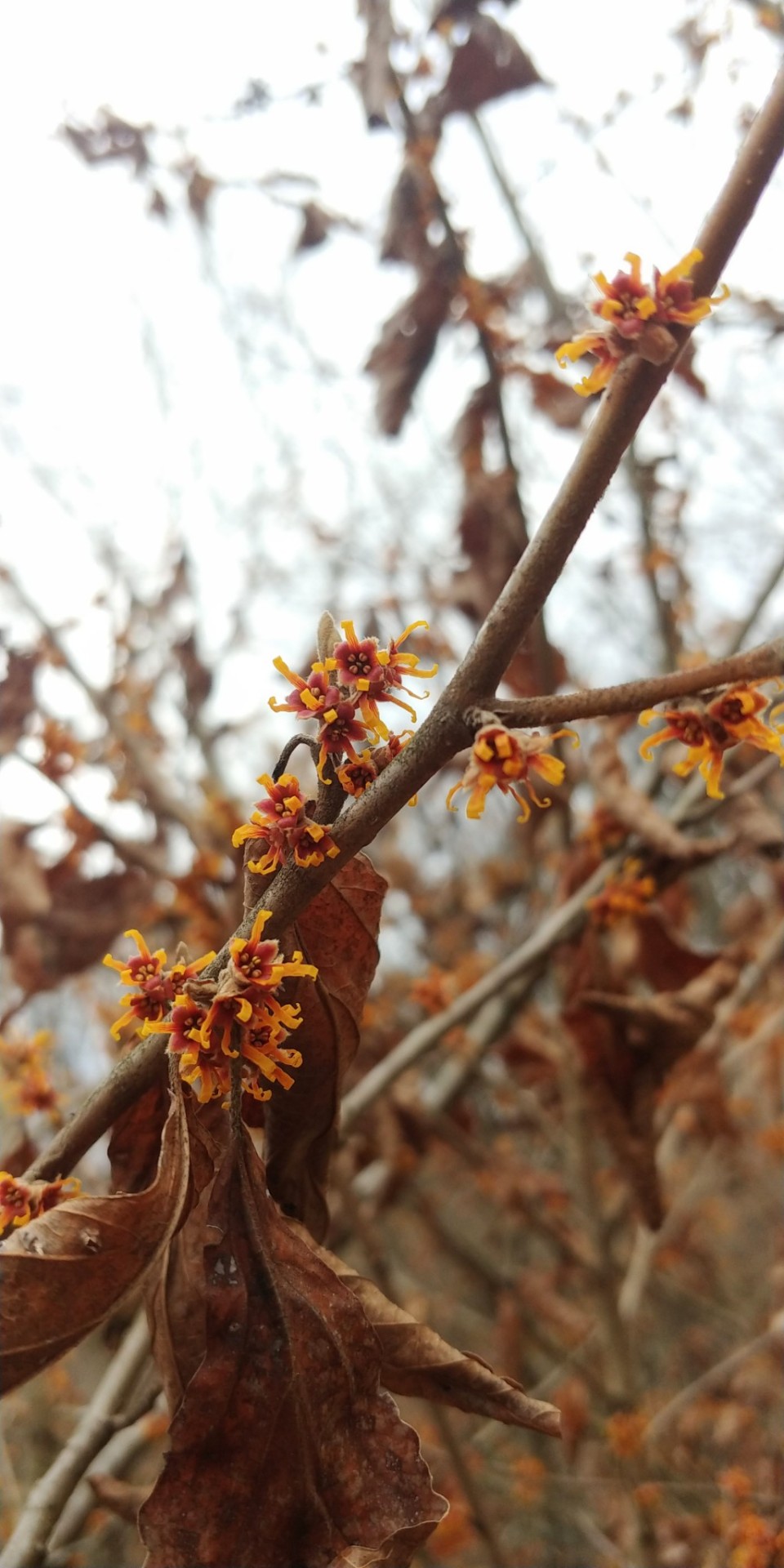
This species of witch-hazel requires a winter freeze to bloom and is endemic to the Ozarks in Missouri, Arkansas, and parts of eastern Oklahoma.
Feb. 6th, 2023
Augusta, St. Charles County, Missouri, USA
Olivia R. Myers
@oliviarosaline
#botany#Hamamelis vernalis#hammamelis#saxifragales#Hamamelidaceae#eudicots#missouri#witch hazel#witch hazels#witch-hazel#plants#flowers#nature#the ozarks#ozarks#nature photography#flower photography#spring flowers#winter flowers#forestcore#naturecore#forest#woods#forests#Missouri nature#plants of the ozarks#plants of Missouri#unique flowers#native plants#wildflowers
27 notes
·
View notes
Text
Some representative examples of seeds from eudicots and monocots are shown in Figure 18.1. (...) Instead, the perisperm and storage cotyledons serve as the main sources of nutrients during germination (see Figure 18.1). (...) Specialized embryonic structures peculiar to the grass family include the following (see Figure 18.1):
The single cotyledon has been modified by evolution to form an absorptive organ, the scutellum, which forms the interface between the embryo and the starchy endosperm tissue.
The basal sheath of the scutellum has elongated to form a coleoptile that covers and protects the first leaves while buried beneath the soil.
The base of the hypocotyl has elongated to form a protective sheath around the radicle called the coleorhiza.
In some species, such as maize, the upper hypocotyl has been modified to form a mesocotyl. During seedling development, the growth of the mesocotyl helps raise the leaves to the soil surface, especially in the case of deeply planted seeds.


"Plant Physiology and Development" int'l 6e - Taiz, L., Zeiger, E., Møller, I.M., Murphy, A.
#book quotes#plant physiology and development#nonfiction#textbook#eudicots#monocots#perisperm#cotyledons#germination#grasses#poaceae#scutellum#coleoptile#coleorhiza#mesocotyl#wheat#onion#runner bean#fenugreek#castor bean#beet#seeds#endosperm#caruncle#radicle
3 notes
·
View notes
Video
n174_w1150 by Biodiversity Heritage Library
Via Flickr:
Atlas de poche des plantes des champs, des prairies et des bois Paris :P. Klincksieck,[1894] biodiversitylibrary.org/page/11018393
#Botany#Pictorial works#MBLWHOI Library#Woods Hole#bhl:page=11018393#dc:identifier=http://biodiversitylibrary.org/page/11018393#Chamerion angustifolium#Plant#fireweed#North America Plant#rosebay willowherb#Europe Plant#Epilobium#Onagraceae#Myrtales#Rosids#Eudicots#Flowering plant#taxonomy:binomial=Chamerion angustifolium#flickr#willowherbs#willowherb
2 notes
·
View notes
Text
Lone Monkey Flower

Pacific Crest Trail, June '22
Genus : Diplacus
Family : Phrymaceae
Order : Lamiales
#Sierra Nevada#Pacific Crest Trail#Hope Valley#wildflowers#take a hike#sierra shambhala#asterids#eudicots#angiosperms#tracheophytes#plantae#diplacus#monkey flower
5 notes
·
View notes
Photo

Albany Pitcher Plant (Cephalotus follicularis)
photo credit: lexsaric
#albany pitcher plant#Cephalotus follicularis#Oxalidales#eudicots#carnivorous plants#pitcher plants#plant#australia
3 notes
·
View notes
Photo
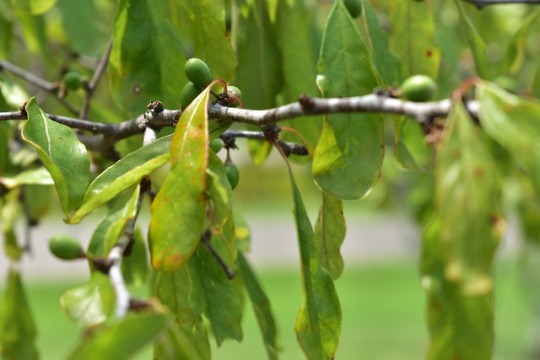

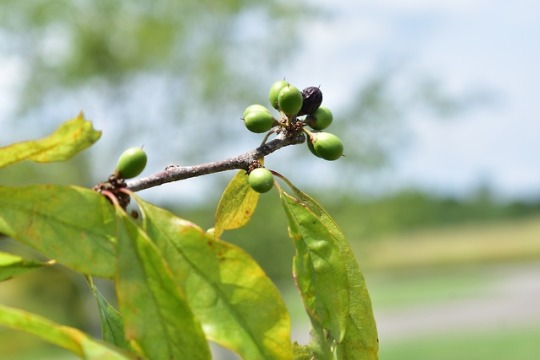
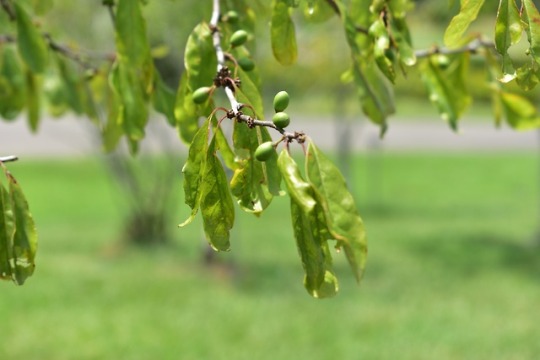
Chittim wood (Sideroxylon lanuginosum)
#gum bully#black haw#chittamwood#chittimwood#shittamwood#false buckthorn#gum bumelia#gum elastic#gum woolybucket#woolybucket bumelia#wooly buckthorn#wooly bumelia#ironwood#Plantae#Angiosperms#Eudicots#Asterids#Ericales#Sapotaceae#Sapotoideae#Sideroxyleae#Sideroxylon#Sideroxylon lanuginosum#bully trees#Nikon D3400#nikonphotography#my flora#nature photography#photographers on tumblr#Black Bayou Lake National Wildlife Refuge
0 notes
Text
The ABC model accounts for many observations in two distantly related eudicot species (snapdragon and Arabidopsis), and provides a way of understanding how relatively few key regulators can combinatorially provide a complex outcome.
"Plant Physiology and Development" int'l 6e - Taiz, L., Zeiger, E., Møller, I.M., Murphy, A.
#book quote#plant physiology and development#nonfiction#textbook#abc model#eudicots#snapdragon#arabidopsis#distant relatives#regulators#antirrhinum
0 notes
Text
I wanted to make my own memory card so i scribbled a little skit leading up to the memory


And the card!


#teenage exocolonist#i was a teenage exocolonist#iwatex#marz#dys#sol#eudicot#aashi doodles#yeah the actual card itself looks messy but i got so lazy when i finally got to that part#heck i got lazy once i got the base colors down like i always do#one of these days ill actually shade things properly#if i really had the guts i would recreate the whole music video with sol playing the shitty recorder#i mean photophoner XD
192 notes
·
View notes
Text
thinking about @plant-taxonomy-showdown's angiosperm cake poll and im contemplating how possible it is to bake a cake using ~~only~~ ingredients obtained from monocots (OR eudicots, but i've got that one figured out i think). i'm currently stumped by how you get air into that sucker without chemical leavening agents (aquafaba comes from eudicots so that's out).
so the solution would be like
bake something that's supposed to be dense, like ginger cake or banana bread. but the thought of making any of these without cinnamon is making me sad
stretch the definition of cake. maybe a pie is possible…?
reaaaaaaaaaaally stretch the definition of monocot-derived ingredient. like. what if i make ginger beer and use its CO2. that definitely can work (i've used cola as a leavening agent before). but then i'm relying on epidermally associated yeasts to make me the CO2, that feels like cheating.
but in theory, someone could run into a maize field at dusk, tie plastic bags around some (thousands) of plants, harvest the air before dawn, extract the CO2, pressurize it enough to blast it into water and then give me that carbonated water to use. does that count. plants make CO2 in the Kreb’s cycle so does it matter that the ginger beer's CO2 comes from a yeast digesting the ginger's glucose and not from the ginger burning its glucose how do you (imaginary arbiter of monocot cake law) know a yeast did it and not me breaking into a field at night with 10000 plastic bags i'm getting off track now.
#I don’t do a lot of vegan baking so i was sure eudicots would be so much harder given the whole ‘no flour (and no vanilla)’ thing#because monocots have cereals bananas and coconuts and other palms#but even banana bread recipes require baking powder :/#monocot cake
49 notes
·
View notes
Text
Class Final Round!! Eudicots vs Monocots!

Grass (slang) vs Grass (literal)
Eudicots (“true dicots”): This is a ginormous class, containing almost all leafy trees, quite a lot of plants that humans get food from (including potatoes and all of the legumes), and the plants we get tea, coffee, and chocolate from. It also contains carnivorous plants, parasitic plants, and some very poisonous plants, as well as tobacco and cannabis.
Monocots: The second largest taxon in Magnoliophyta, with 70,000 species. Narrow leaves with parallel veins are a good sign you’re looking at a monocot, as are plants that grow from bulbs, like onions, garlic, and tulips. Do you need to touch grass? Monocot. Do you want to bake a cake? Wheat, sugar cane, and the orchids that produce vanilla extract are all monocots.
#eudicots#monocots#plant taxonomy showdown#battle of the plants#class final round#class#plant bracket#tumblr bracket#bracket tournament#poll bracket#slightly late my apologies#please send in propaganda#whichever way this goes lots of really cool plants will be out of the running
139 notes
·
View notes
Text

Eudicot is a real enthusiastic and touchy feely guy :-) he LOVES giving bone crushing hugs
#goign to post this after the oc post. i do need to talk about and draw and just be more vocal about my ocs in general!!!!#i love eudicot hes so special to me i put a lot of myself in him :-)#self insert#selfshipping#art tag#self insert art#f/o#selfship#self ship#mlm self insert#mlm selfship#oc: eudicot#futurama#futurama oc#kif kroker#futurama kif#ok. now a ship name is going to fucking suck.#um.#caldera#thats the best i fucking got.#maybe even kaldera if im feeling bold
25 notes
·
View notes
Text
From this main root axis, lateral roots develop to form an extensively branched root system (Figure 5.8).

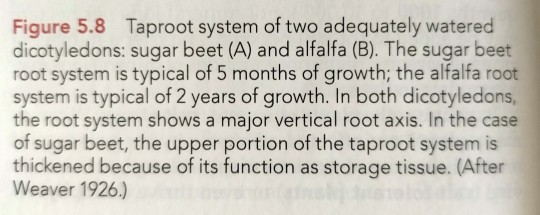
"Plant Physiology and Development" int'l 6e - Taiz, L., Zeiger, E., Møller, I.M., Murphy, A.
#book quotes#plant physiology and development#nonfiction#textbook#root system#dicot#dicotyledon#eudicots#sugar beet#alfalfa#taproot#plant growth#soil water#groundwater
3 notes
·
View notes
Video
n205_w1150 by Biodiversity Heritage Library
Via Flickr:
Atlas de poche des plantes des champs, des prairies et des bois Paris :P. Klincksieck,[1894] biodiversitylibrary.org/page/11018424
#Pictorial works#MBLWHOI Library#Woods Hole#bhl:page=11018424#dc:identifier=http://biodiversitylibrary.org/page/11018424#Cannabis sativa#Cannabis#Cannabaceae#Rosales#Rosids#Eudicots#Flowering plant#taxonomy:binomial=Cannabis sativa#marijuana#North America Plant#Asia Plant#Europe Plant#Flax#Linum usitatissimum#common flax#linseed#Linum#Linaceae#Malpighiales#Africa Plant#taxonomy:binomial=Linum usitatissimum#flickr#flower#plant#botany
3 notes
·
View notes
Text

Hey man I heard Futurama is back and my wives are not being tormented by horrible writing this time so I drew this to celebrate. There will be more
#to everyone who gave me a status update on kif and amy: i love you i love you i love you#i never posted stuff of eudicot with his partners so heres a tiny bit of that. i also had never drawn kif before today#but there's a first time for everything so lets celebrate while it lasts#ill color this in someday but not today i need to fix it still. i just so in love with them#my art#futurama#futurama oc#oc: eudicot#eudicot sangria#kif kroker#self insert#self insert art#oc x canon#and for those that know i have a s/i sideblog wondering why im posting this here instead. shhhh shhhh god writes in mysterious ways#or whatever the fuck christians say
22 notes
·
View notes

